- 한국어
- English
- 日本語
- 中文
- العربية
- Español
- Français
- Deutsch
- Pусский
- Tiếng Việt
- Indonesian
By Honorary Reporter Snigdha Verma from India
Illustrations = Snigdha Verma
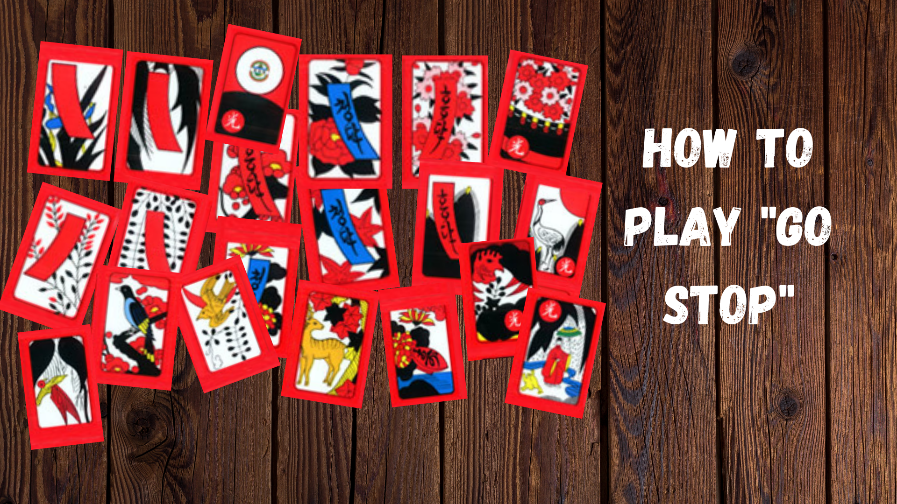
The Korean card game hwatu (Go-stop) remains popular, especially among friends and family who gather for holidays like Chuseok (Korean Thanksgiving).
Basics
Hwatu's 48 cards are thicker and smaller than playing cards in the West, depicting flowers and animals representing each month of a year. Each month contains four cards with the same theme, and the object is to match a card with its month (i.e., matching a cherry card with another cherry card).
A game usually has two to three players and is played counterclockwise; each game lasts 10-15 minutes. When at least three to seven points are scored, a player calls "Go" or "Stop." If "Go" is called, the game continues with points or money accruing, and if "Stop" is called, the game ends and the winning player claims the pot.
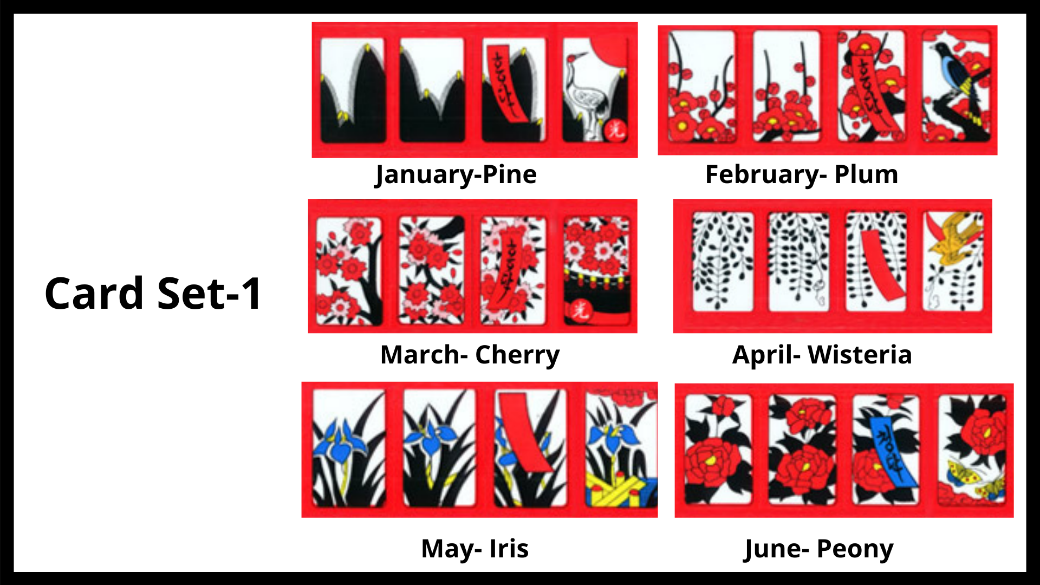
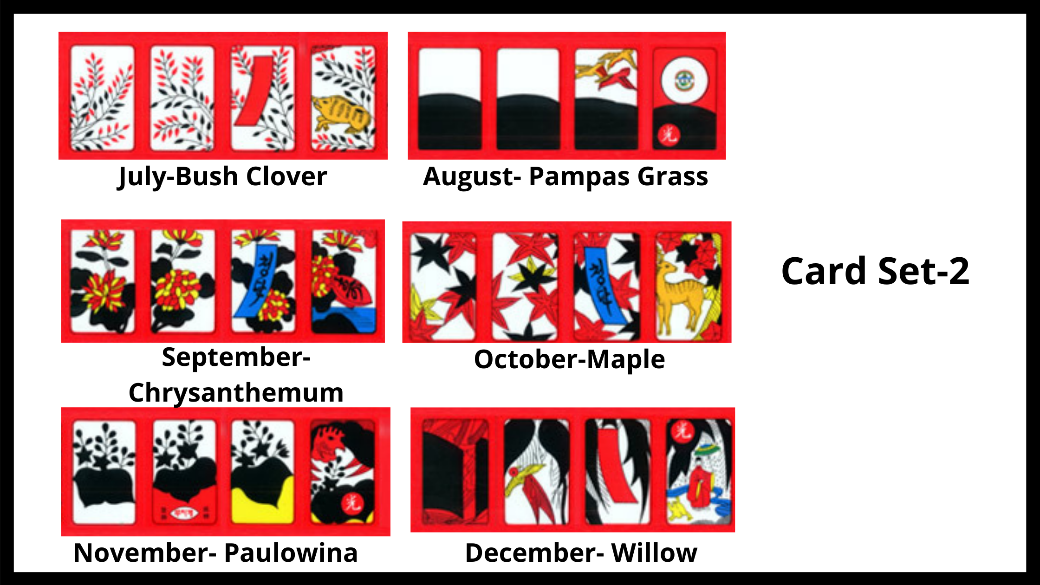
The game begins with the selection of a dealer, who shuffles the deck, asks another player to cut it, distributes the cards and starts play. In the first round, a dealer can be picked by drawing lots or rock-paper-scissors. In a subsequent round, the winner of the previous round gets to be the dealer.
|
No. of players |
Cards to player |
Cards on table |
|
2 (5 cards to dealer's opponent, 5 to dealer, 4 to table; process repeated once) |
10 |
8 |
|
3 (4 cards to every player, 3 to table, 3 to every player, 3 to table) |
7 |
6 |
|
4 (3 to every player, 2 to table; process repeated once) |
6 |
4 |
|
5 (3 to each player, 2 to table, 2 to each player, then 1 to table) |
5 |
3 |
Card categories
The subcategories of cards are:
Bright: contains a Chinese character in a red circle meaning "bright"
Animal: has an animal on it
Ribbon: either has a blue or red ribbon with or without writing
Junk: most common card in the deck
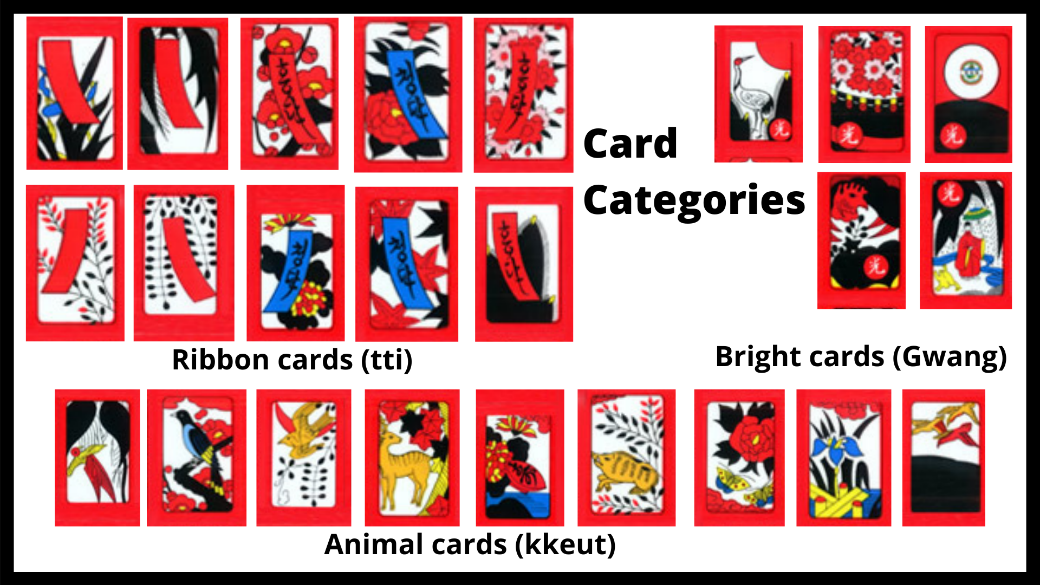
Scoring
|
Type of card |
No. of cards |
Point value |
|
Bright |
3 (including rain) |
2 |
|
3 (excluding rain) |
3 |
|
|
4 |
4 |
|
|
5 |
15 |
|
|
Animal |
5 |
1 |
|
1 (after having 5 animal cards) |
1 |
|
|
3 (Godori-February, April, August Animal cards) |
5 |
|
|
Ribbon |
5 |
1 |
|
1 (after having 5 ribbon cards) |
1 |
|
|
3 (red ribbon with writing) |
3 |
|
|
3 (blue ribbon with writing |
3 |
|
|
3 (red ribbon without writing) |
3 |
|
|
Junk |
10 |
1 |
|
1 (after having 10 junk cards) |
1 |
Additionally, the December and November junk cards count as two junk cards each. The September animal card can also be used as a junk or animal card.
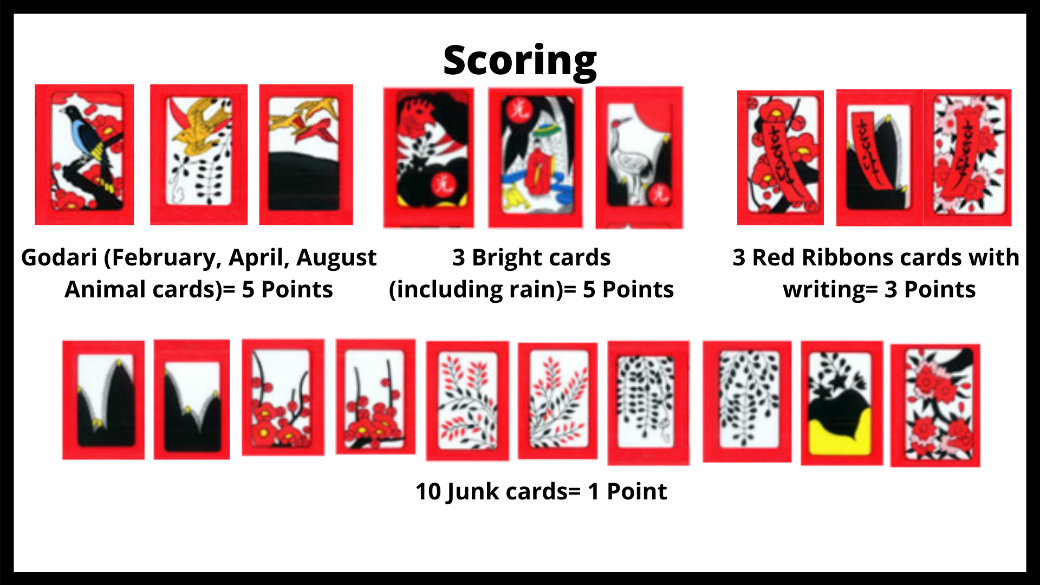
Playing
Each player puts their cards on the table, flips the cards from the deck on the table and collects a pair if they match. A player must collect matches and make them visible to his or her opponents. After scoring a set of pre-decided points, a player can either stop the game and collect the pot or "go (continue)" to win more. The game goes on like this until a player either stops the game or the deck ends. When the last player plays his or her card, the game stops automatically with no more pairs left to make.
Game results
|
Match type |
No. of players |
No. of cards |
Result |
|
Cards of same month with player |
1 |
4 |
Immediate win |
|
All |
4 |
Draw |
|
|
Cards of same month on table |
- |
4 |
No winner/ game void |
|
- |
3 |
Stacked to be taken with match from remaining set |
A joke is that playing this game sharpens the brains of players over time. Hwatu can be confusing, so reading up on the rules and modern variations online is recommended. Chuseok is a prime time to practice this game because who knows, by the time Christmas or New Year's rolls around, one could get lucky at the Go-stop table.
Enjoy your Chuseok with Go-stop.
enny0611@korea.kr
*This article is written by a Korea.net Honorary Reporter. Our group of Honorary Reporters are from all around the world, and they share with Korea.net their love and passion for all things Korean.